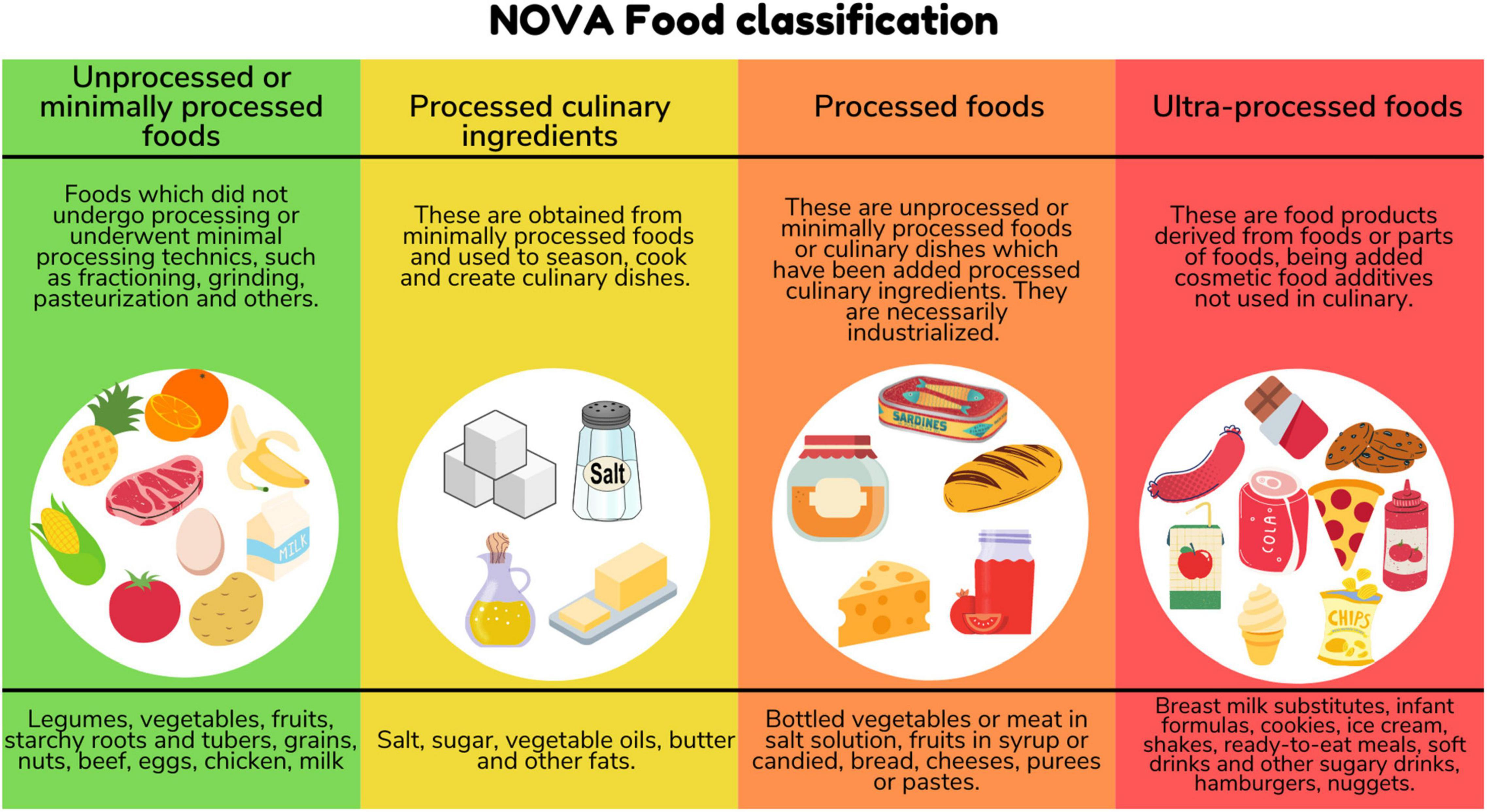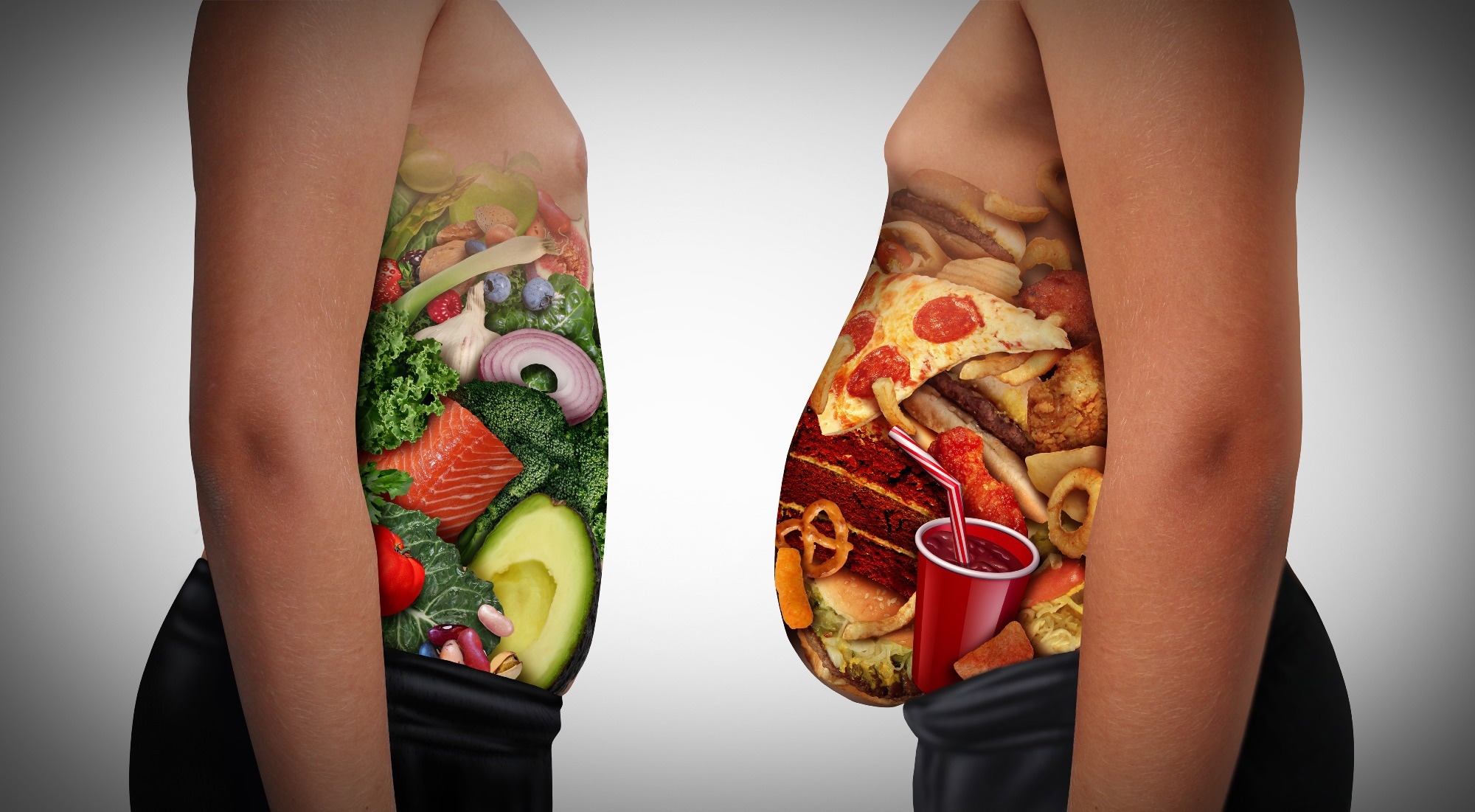Ever wonder why you feel amazing after a hearty salad but crash and burn after a bag of chips? Or why do some foods keep you satisfied for hours while others leave you hunting for snacks 30 minutes later? The answer lies in understanding two very different types of foods that dominate our modern diet: high-fiber foods and processed foods.
This isn't about labeling foods as "good" or "evil"; it's about understanding how different foods affect your body so you can make choices that actually work for your lifestyle. Let's dive into what makes these foods tick and how they impact everything from your energy levels to your digestive health.
What Are High-Fiber Foods?

High-fiber foods are nature's original health foods—they're packed with dietary fiber, a plant-based nutrient that your body can't actually digest. But here's the twist: that's exactly what makes fiber so powerful. Since it moves through your digestive system relatively intact, it acts like a gentle broom, sweeping out waste and feeding the good bacteria in your gut.
Here’s the hard truth: The average American consumes only about 15 grams of fiber daily, but we should be getting 25-38 grams. That's a massive gap that affects everything from how full you feel to how well your digestive system functions.
Soluble & Insoluble: What You Need to Know
Fiber comes in two types, each with its own superpower:
Soluble fiber dissolves in water and forms a gel-like substance in your digestive tract. This gel slows down digestion, which helps stabilize blood sugar and lower cholesterol. You'll find it in oats, beans, apples, and citrus fruits.
Insoluble fiber doesn't dissolve in water; instead, it adds bulk to your stool and helps food move through your digestive system efficiently. Think of it as nature's way of keeping things regular. It's abundant in whole grains, nuts, and vegetable skins.
Which Foods Are High In Fiber?
Here are some top high-fiber foods to get you started. If you’re looking for an even longer list, Healthline has a great breakdown worth checking out.
🍏 High Fiber Fruits:
- Avocados (10g per medium avocado)
- Pears (6g per large pear)
- Guava (5g per 100g)
- Green Apples with skin (4g per medium apple)
🥕 High Fiber Vegetables:
- Moringa leaves (34g fiber per 100g of dried moringa leaves)
- Artichokes (10g per one cup of cooked artichoke)
- Brussels sprouts and Sweet Potatoes (6.4 per cup)
- Spinach (3.7g per 100g of cooked spinach)
🥜 High Fiber Legumes:
- Navy beans (19g per cup)
- Lentils (15g per cup)
- Chickpeas (12g per cup)
- Black beans (15g per cup)
🌾 Whole Grains:
- Wheat fiber (40g per 100g)
- Quinoa (5g per cup)
- Oats (4g per cup)
- Brown rice (3.5g per cup)
A fiber-rich diet comes with a long list of benefits—from better gut health and weight management to a lower risk of heart disease, type 2 diabetes, and even certain cancers. While fiber fuels your health, there’s another category of foods that tells a very different story.
What Are Processed Foods?

Processed foods are any foods that have been altered from their natural state, whether it's something simple like freezing vegetables or something more extreme like turning corn into neon-colored cheese puffs.
Not all processed foods are bad. It’s about being mindful. And if people can plan life decisions based on their astrological chart, we can definitely use the NOVA system to make smarter choices about what we eat.
The 4 Categories of Processed Foods

🟢 Minimally Processed: These are whole foods with simple alterations for convenience or preservation. The original food is still recognizable and retains most of its nutrients.
- Frozen fruits and vegetables
- Canned beans (without added sugar)
- Nut butters without added oils
- Pre-cut vegetables
🟡 Processed Culinary Ingredients: These are ingredients extracted from whole foods or nature, used to cook and season other foods. They're not meant to be eaten alone.
- Olive oil
- Sea salt
- Cane sugar
- Butter
🟠 Moderately Processed: Foods that combine a few ingredients or use traditional methods like fermentation, baking, or aging. Still nutritious but transformed from their original state.
- Whole grain bread
- Cheese
- Rolled oats
- Pasta
🔴 Ultra-Processed: These are the type of processed foods that are heavily manufactured with long ingredient lists full of additives, preservatives, and artificial ingredients.
- Sugary cereals
- Packaged snacks
- Soda and energy drinks
- Candy and cookies
What Makes Ultra-Processed Foods Bad?
According to a 2022 study, ultra-processed foods now make up about 60% of the average American's daily calories. That's like eating birthday cake for breakfast, lunch, and dinner—fun for a day, questionable as a lifestyle choice.
The real issue with ultra-processed foods is mainly the additives, the extra ingredients your body doesn’t need and didn’t ask for.
We're talking about:
- Flavor enhancers (MSG) → Artificially boosts savory flavor.
- Artificial sweeteners (Aspartame, Sucralose) → Used to mimic sugar without the calories.
- Preservatives (Sodium benzoate, BHA) → Extend shelf life.
- Artificial flavors (Vanillin) → Chemically created to enhance taste without real ingredients.
- Synthetic food dyes (Red 40, Yellow 5) → Make foods look more appealing.
- Emulsifiers and stabilizers (Polysorbate 80) → Help oil and water-based ingredients mix smoothly.
- Thickeners and texture enhancers (Carrageenan) → Create that “creamy” or “chewy” feel.
These additives are used to make food taste better, last longer, and look more appealing, but your body sees them as unfamiliar, unnecessary extras. Over time, that can translate to gut issues, blood sugar spikes, cravings, sluggish digestion, and inflammation.
The Clean vs. the Convenient: The Key Differences

Here's what happens when you choose whole, nourishing foods versus something fast and packaged.
Gut Health And Microbiome
- 🌿 A diverse, fiber-rich diet feeds your beneficial gut bacteria, promoting a healthy microbiome that supports everything from digestion to immune function. Your gut is home to around 100 trillion bacteria, and when you eat fiber, you’re literally feeding the good guys in your ecosystem. In fact, increasing your fiber intake can boost gut bacteria diversity by up to 25% in just two weeks.
- 🍪 Ultra-processed foods, on the other hand, can disrupt this delicate balance. They often lead to fewer good bacteria, more inflammation, and a weakened gut barrier. The result? Bloating, constipation, gas, and a gut that's constantly out of sync—affecting your whole digestion process.
Hunger and Fullness
- 🌿 High-fiber foods keep you full longer by slowing digestion and triggering hormones like GLP-1—your gut's way of telling your brain, "We're good here, chief."
- 🍪 Processed foods, on the other hand, are designed to be "hyper-palatable". They hit your taste buds hard but leave your stomach asking for more within the hour.
What Food Does to Your Brain
- 🌿 Fiber-rich foods help regulate appetite and support balanced mood and energy levels. They don't overstimulate your brain; they nourish it. You feel satisfied, not hooked.
- 🍪 According to a study, ultra-processed foods can trigger the same reward pathways in your brain as addictive substances. They're literally engineered to make you crave more, which is why it's easy to polish off a whole bag of chips, but nearly impossible to binge on broccoli.
Blood Sugar Impact
- 🌿 Fiber helps manage and control blood sugar, preventing dramatic spikes and crashes.
- 🍪 Ultra-processed foods spike your blood sugar, then crash it, leaving you tired, craving more, and at higher risk for type 2 diabetes over time.
Nutrient Density
- 🌿 High-fiber foods come naturally packed with vitamins, minerals, and antioxidants.
- 🍪 Many ultra-processed foods are stripped of nutrients during manufacturing, then have synthetic vitamins added back in—it's like taking apart a car and putting it back together with spare parts.
Armed with this knowledge, let's talk strategy. How do you make fiber your friend without giving up everything you enjoy?
The Plot Twist: Finding Balance in Real Life
Life isn't about achieving nutritional perfection; it's about finding a sustainable balance that doesn't make you miserable at every birthday party or family gathering.
Smart Techniques for Your Routine:
-
Technique #1: The 80/20 Rule
Think of your diet like a bank account. If 80% of your food choices are high-quality, nutrient-dense options, you've got plenty of room for that 20% of pure enjoyment foods. Had a fiber-rich breakfast with oatmeal and berries? That afternoon cookie isn't going to derail your health goals.
-
Technique #2: The Fiber First Approach
Start meals with something high in fiber. Have a salad before dinner, snack on an apple before diving into chips, or add beans to your pizza toppings. Your gut will thank you, and you'll naturally eat less of the processed stuff.
-
Technique #3: The One-Ingredient Swap
Replace one processed item daily with a whole food alternative. Swap the afternoon candy bar for mixed nuts, or trade the sugary cereal for oatmeal with fresh fruit.
-
Technique #4: The 5-Ingredient Rule
When buying packaged foods, aim for products with five ingredients or fewer that you can actually pronounce. If it sounds like a chemistry experiment, maybe save it for special occasions.
While these strategies create a solid foundation, targeted wellness products can complement your efforts by addressing specific needs and supporting your health goals.
Making Peace with Your Plate With Future Salad

The truth is, both high-fiber whole foods and processed foods can coexist in a healthy diet. The key is balance and intention, and the solution is clear: more fiber, less junk. But eating multiple bowls of salad a day isn't exactly realistic for most of us.
A Practical Solution
Enter Future Salad. A clinically backed, all-natural drink that gives you the fiber equivalent of five bowls of salad in just one pack. Here's how it fits into your lifestyle:
-
High in Fiber 🌿
Each pack of Future Salad Detox Drink Mix contains 6g of plant-based fiber to support digestion and keep things moving. With superfood ingredients like moringa leaves, spirulina, and spinach, it fits easily into any lifestyle, whether you're a wellness enthusiast or just navigating a busy schedule.
-
All-Natural & Freeze-Dried 🍏
No laxatives. No chemicals. No synthetic fillers. Future Salad Detox Drink Mix features 12 powerful, plant-based ingredients and uses gentle freeze-drying technology to preserve up to 30 essential nutrients.
-
Digestive Relief 👌
Future Salad Detox Drink Mix is formulated to naturally ease bloating, constipation, and that heavy, sluggish feeling after meals—so you can feel lighter, faster.
-
Curb Cravings 🥗
Fiber-rich foods help you feel full for longer. Many wellness advocates who drink Future Salad Detox Drink Mix say it helps reduce cravings for sugar and processed snacks after adding it to their routine.
-
Ultra Convenient ⚡
It’s like drinking a green smoothie or a bowl of salad, minus the prep. No washing, chopping, or blending needed. Just shake and go.
Have Your Cake and Feel Great Too
Life's little treats and celebrations bring joy, and we're not here to take that away from you. A slice of cake or a weekend indulgence won't wreck your health in one sitting. Food should be part of life's happiness, not a source of stress.
The key is tuning in: pay attention to how your body feels. If you feel energized and well, your food choices are likely working for you. But if you're constantly feeling sluggish or off, it might be your body's way of asking for something better.
Whether you're maintaining a healthy routine, enjoying a treat-yourself day, or trying to reset after a heavy meal, Future Salad can be your ally. It helps nourish you from the inside out, so you can feel good no matter what's on your plate.
With Future Salad, you can eat for a happy you—and a healthy you.🥗

